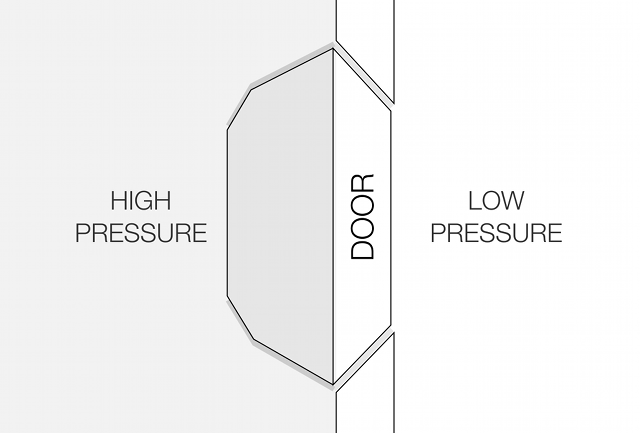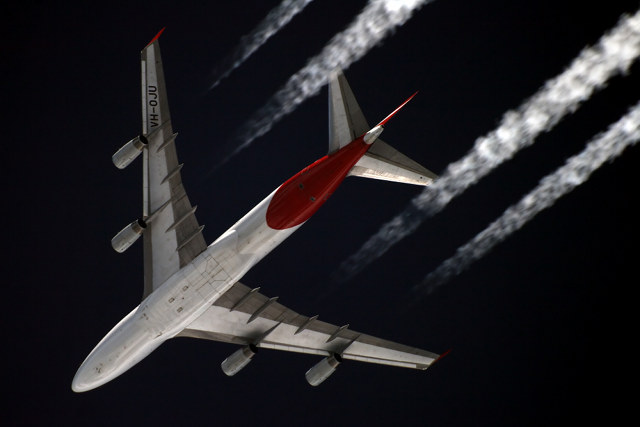There have been many stories of people trying to open aeroplane doors whilst the aeroplane is in flight. Below is an explanation of why you shouldn’t worry if this happens during your flight.
The cruising altitude of most transport aeroplanes is about 38 000 feet (11 600 metres). At this altitude there is less air above the aeroplane pushing down upon it and thus the air pressure is lower. At 38 000 feet the air pressure is about 21 kilopascals (21 000 newtons per square metre) compared with 100 kilopascals (100 kPa) at ground level.
At this altitude there wouldn’t be enough oxygen present in the cabin air for people to breathe (this is why aeroplanes carry oxygen masks, in case the cabin depressurises for some reason). Therefore the cabin has to be kept pressurised to a greater level, usually to the equivalent of about 8000 feet (2440 metres). At 8000 feet the air pressure inside the cabin is about 75 kPa, more than three times the exterior pressure at cruising altitude. There is therefore a difference in pressure between the interior and exterior of the aeroplane of 54 kPa, or 54 000 newtons per square metre.
The passenger doors on a 747 (for example) are 1.19 metres wide by 1.93 metres tall, giving the door an area of 2.3 square metres. This means that there is a force of 124 000 newtons (54000 N/m2 × 2.3 m2) pushing the door closed. To put this in perspective, a force of 124 000 newtons is equivalent to the weight of 12.6 tonnes; so unless a passenger is some sort of Superman, capable of exerting a force bigger than this, the door will remain closed.

Aeroplane doors are wedge-shaped so that the fuselage bears this force, relying on the pressure differential rather than on some sort of internal locking mechanism to keep the door closed and maintain a good seal. The same is also true for spacecraft doors.
Thanks to JU for asking the question that prompted this post.
